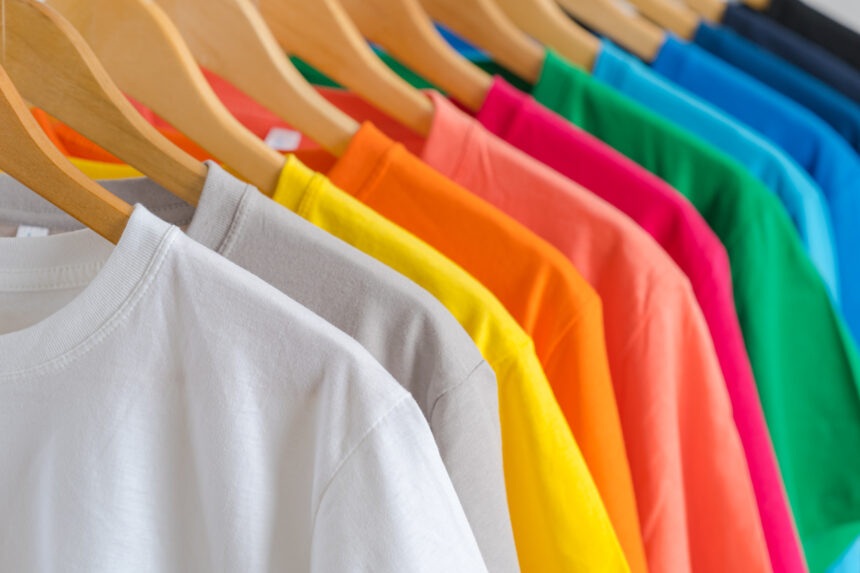Individuals with fibromyalgia often experience heightened skin sensitivity, making clothing choices particularly beneficial. Using the wrong materials can lead to discomfort, while selecting certain fabrics and designs can provide much-needed relief. It can be helpful to have an understanding of comfortable fabrics that minimize irritation and maximize comfort.
Choose Soft and Breathable Fabrics
Soft, breathable fabrics are beneficial for preventing irritation and keeping the skin comfortable throughout the day. One of the most popular choices is cotton, known for its lightweight and soft texture. Cotton is also highly breathable, reducing the risk of overheating, which can exacerbate sensitivities.
Another recommended material is bamboo fabric. With its natural softness and moisture-wicking properties, bamboo helps keep the skin cool and dry. Many individuals with sensitivities also find modal, a semi-synthetic fabric derived from beech tree pulp, to be a comfortable alternative due to its smooth and silky texture. Prioritizing these materials can help create a wardrobe suited for sensitive skin.
Avoid Rough and Irritating Textures
Certain fabric types and textures can aggravate fibromyalgia symptoms, so avoiding them is key. Steer clear of the following:
- Wool: Although warm, wool can feel scratchy on sensitive skin and may cause irritation easily.
- Synthetic Blends: Materials like polyester and acrylic are often less breathable and can trap heat, creating discomfort.
- Heavy or Coarse Fabrics: Denim or canvas, which are stiff and inflexible, can press uncomfortably against the skin.
Instead, focus on soft, natural, or lightweight synthetic materials that offer smooth finishes. By recognizing which fabrics to avoid, you can significantly reduce skin irritation.
Prioritize Stretch and Flexibility
Clothing that stretches and moves with your body can be helpful for maintaining comfort, especially during flare-ups. Materials with a natural stretch, such as lyocell or elastane blends, offer greater flexibility, making garments less restrictive. Garments with relaxed fits or stretch panels further help alleviate pressure on sensitive areas.
Flexible clothing allows for freedom of movement, which can help reduce friction against the skin. Athleisure materials often blend spandex with lightweight fabrics, creating clothing that is soft and highly accommodating to those with sensitivities. By prioritizing stretch fabrics, you can stay comfortable throughout the day without feeling restricted.
Have Fewer Seams and Tags
Seams and tags in clothing can be particularly bothersome for individuals with sensitive skin. Choosing seamless designs helps eliminate the discomfort caused by these features. Tagless or heat-pressed labels can prevent the itching or scratching caused by traditional clothing tags. Here are some garment features to look for:
- Seamless Underwear and Socks: These reduce pressure points and avoid leaving indentations on the skin.
- Flatlock Stitching: If seams are necessary, flatlock stitching creates nearly invisible seams that lie flat and minimize friction.
- Tagless Options: Many modern clothing brands now offer tag-free designs for added comfort.
Investing in seamless options minimizes common irritations that may otherwise result from standard clothing construction techniques.
Dress Smarter for Fibromyalgia Relief
By focusing on gentle fabrics, avoiding rough textures, and selecting stretchable, seamless designs, you can build a wardrobe tailored to fibromyalgia sensitivities. Thoughtful clothing choices can help alleviate some of the challenges associated with fibromyalgia, providing day-to-day comfort and an improved quality of life.





